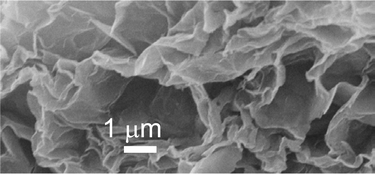Gels of zirconium phosphate in organic solvents and their use for the preparation of polymeric nanocomposites†
Abstract
Gels of α-zirconium phosphate (α-ZrP) in

* Corresponding authors
a
Dipartimento di Chimica, Università di Perugia, and Centro di Eccellenza Materiali Innovativi Nanostrutturati (CEMIN), via Elce di Sotto 8, 06123 Perugia, Italy
E-mail:
macs@unipg.it
b Dipartimento di Chimica e Chimica Industriale, Università di Genova via Dodecaneso 31, 16146 Genova, Italy
Gels of α-zirconium phosphate (α-ZrP) in

 Please wait while we load your content...
Something went wrong. Try again?
Please wait while we load your content...
Something went wrong. Try again?
M. Casciola, G. Alberti, A. Donnadio, M. Pica, F. Marmottini, A. Bottino and P. Piaggio, J. Mater. Chem., 2005, 15, 4262 DOI: 10.1039/B506768E
To request permission to reproduce material from this article, please go to the Copyright Clearance Center request page.
If you are an author contributing to an RSC publication, you do not need to request permission provided correct acknowledgement is given.
If you are the author of this article, you do not need to request permission to reproduce figures and diagrams provided correct acknowledgement is given. If you want to reproduce the whole article in a third-party publication (excluding your thesis/dissertation for which permission is not required) please go to the Copyright Clearance Center request page.
Read more about how to correctly acknowledge RSC content.
 Fetching data from CrossRef.
Fetching data from CrossRef.
This may take some time to load.
Loading related content
